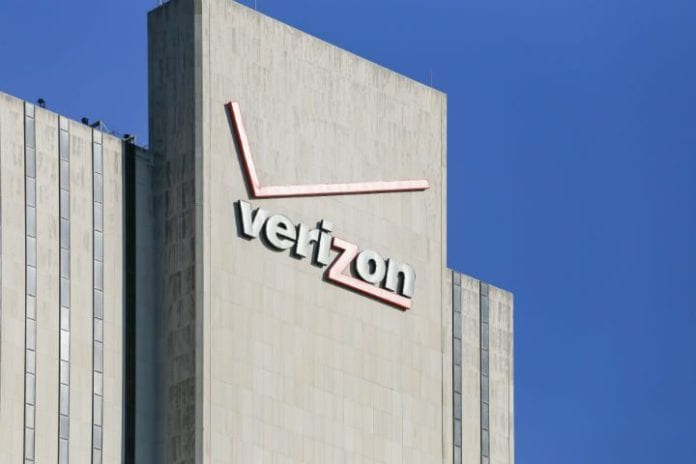The Industry 4.0 movement is regarded in some circles as a magic bullet that will marry technology with manually intensive projects like mining, operating a factor or managing logistics in a port of warehouse. It’s still early days on the idea but the long-term goal would be, in the manufacturing example, to use automation to create a lights-out factory where no humans need clock in.
But how does this concept go from limited proofs of concept to widespread adoption? Jeff Travers, head of IoT at infrastructure vendor Ericsson, said industrial automation standards are being developed at the same time as telco standards for 3GPP’s Release 16–where we’ll see the finer points of 5G like Time Sensitive Networking fleshed out. Using a common technological language, the next step is for close collaboration between operators who will offer up connectivity and attendant services and the industrial players that will use the connectivity and services.
“I think the important step is for the industries themselves to embrace wireless technology.” So what’s Ericsson’s role in fostering these partnerships? Travers said, “I think pragmatically it’s supporting the operator sales force with industry specialists. What do they need our of connectivity going forward? I think that’s much more effective than trying to develop end-to-end use cases for a specific case. There are too many. They’re infinite.”
This hearkens back to what Ericsson CEO Börje Ekholm said at the onset of Mobile World Congress earlier this week: “We are working with our service provider customers. When we provide connectivity to enterprise, we will do with service providers. It is never a good idea to compete with your own customers. It is better to find win-win solutions. That’s what we are doing.”
This is significant in that rival infrastructure vendor Nokia has made clear it will go straight to the end users themselves to build private networks to serve pent-up demand among the industrial set. Nokia reckons the potential market for private LTE, running in both licensed and unlicensed spectrum, stands at around 15 million locations – potential sites to place radio fixtures. This compares with around seven million base stations for global public networks. That’s not to say Nokia is picking one strategy over the other–the company will still work through operators–but if the market conditions call for it, they’ll go straight to the customer.
As to the larger IoT landscape, Travers said, “This year, this Congress, is a turning point in IoT where we grow up from being a…small part of the building. We’re now firmly in the mainstream, right on the agenda of the CTO of the operator.”
The catalyst for this turning point, he said, is 5G. And while operators, particularly in the U.S., appear focused on providing an enhanced mobile broadband experience to consumers, “We need to be able to monetize it further and it’s industry,” Travers said. “When you turn to industry, they have special needs. It’s not just a connectivity pipe. That has forced the operators and vendors to put our attention on what does industry need?”

